SC Quashes RBI Circular Asking Banks To Take Defaulting Companies To Insolvency
🧾 Background of the Case
▪️ RBI Circular Dated 12 February 2018
The Reserve Bank of India (RBI) issued a circular on 12 February 2018 under Section 35AA of the Banking Regulation Act, 1949.
It mandated all banks and financial institutions to classify a borrower account as non-performing asset (NPA) if it was in default for more than one day, and to initiate proceedings under the Insolvency and Bankruptcy Code (IBC), 2016 if the default persisted for 180 days or more.
It was especially aimed at large corporate borrowers with outstandings of ₹2,000 crore and above.
It eliminated all earlier restructuring schemes like SDR, S4A, JLF, etc.
📌 Issue Raised
Many companies (especially in the power, infrastructure, and steel sectors) challenged the validity of the RBI circular in various High Courts, arguing that:
It was arbitrary and unconstitutional,
RBI had exceeded its powers under the Banking Regulation Act,
It ignored sector-specific issues and economic realities.
The cases were transferred to the Supreme Court, which heard them together in:
🔹 Case Name
Dharani Sugars and Chemicals Ltd. v. Union of India & Others
Citation: (2019) 5 SCC 480
Decided on: 2 April 2019
Bench: Justice R.F. Nariman and Justice Vineet Saran
⚖️ Supreme Court Judgment – Key Points
1. ❌ RBI Acted Beyond Its Authority (Ultra Vires)
The Court held that Section 35AA of the Banking Regulation Act allows the Central Government to authorize the RBI to issue directions to banks only in specific cases of default.
RBI cannot issue general directions applicable to all defaulting companies without prior authorization from the Central Government.
Since there was no evidence that the Central Government had authorized RBI under Section 35AA in relation to the 12 February circular, the circular was ultra vires and hence invalid.
2. ⚖️ Section 35AA Must Be Strictly Interpreted
The provision limits the RBI’s power to specific defaults and specific debtors, not a blanket direction covering all companies across sectors.
3. 📉 Sectoral Impact Not Considered
The RBI failed to account for the peculiar challenges faced by certain sectors (e.g., power and infrastructure) such as:
Fuel supply constraints,
Government policy delays,
Regulatory issues.
4. ⚖️ IBC Proceedings Cannot Be Forced Mechanically
The judgment emphasized that insolvency proceedings under IBC are serious in nature, often leading to a change in management or liquidation.
Hence, they cannot be initiated mechanically without considering the specific circumstances of the default.
📌 Final Verdict by Supreme Court
The Supreme Court quashed the RBI circular dated 12 February 2018.
It ruled that RBI must act within the framework of law and cannot direct banks to initiate insolvency proceedings against defaulting borrowers in a blanket manner.
Banks can still take defaulting companies to insolvency individually, but not because of RBI’s direction under that circular.
⚖️ Legal Significance
| Aspect | Explanation |
|---|---|
| Statutory Interpretation | Clarified the scope of Section 35AA of the Banking Regulation Act |
| Judicial Review of Economic Policy | Courts can review RBI decisions if they are ultra vires or arbitrary |
| Autonomy vs. Accountability | While RBI has regulatory autonomy, it must act within legal boundaries |
| Implications on IBC | Reinforced that IBC should not be used as a recovery tool, but as a means for genuine insolvency resolution |
📌 Impact of the Judgment
Nearly 70+ companies (mostly from the power, shipping, and telecom sectors) that were facing automatic insolvency proceedings under the circular got relief.
Banks had to reconsider restructuring outside IBC.
Led to sector-specific resolution frameworks, replacing the "one-size-fits-all" approach of the circular.
🔍 Related Case References
1. Innoventive Industries Ltd. v. ICICI Bank (2018) 1 SCC 407
Reiterated that insolvency is not a mere debt recovery tool, but a resolution process.
2. Swiss Ribbons v. Union of India (2019) 4 SCC 17
Upheld the constitutional validity of IBC, but also noted that the process must be applied with care and fairness.
✅ Summary
| Point | Explanation |
|---|---|
| Case Name | Dharani Sugars v. Union of India (2019) |
| Main Issue | Validity of RBI’s 12 Feb 2018 circular mandating banks to initiate IBC |
| SC Ruling | Circular quashed as ultra vires Section 35AA |
| Reason | RBI lacked specific authorization from Central Govt; acted beyond powers |
| Impact | Relief to defaulting companies; restructuring allowed outside IBC |










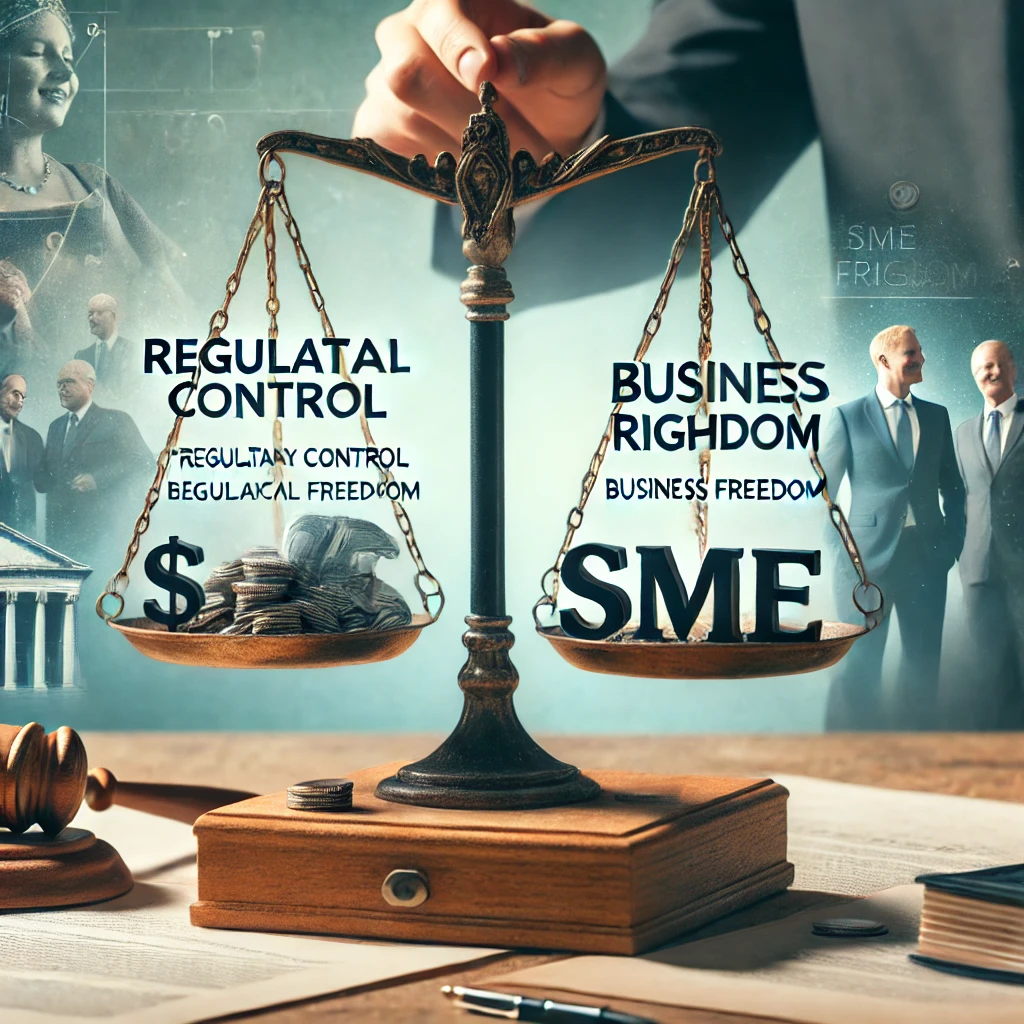




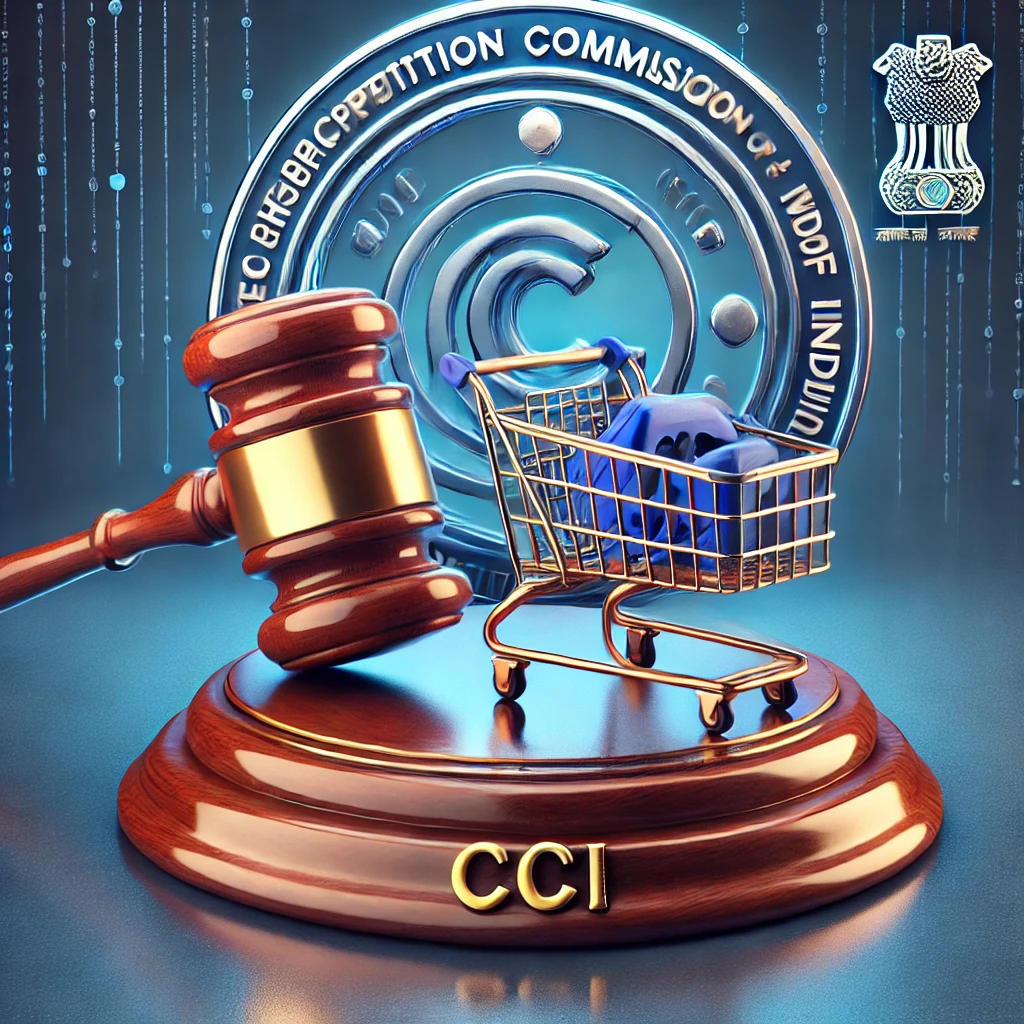



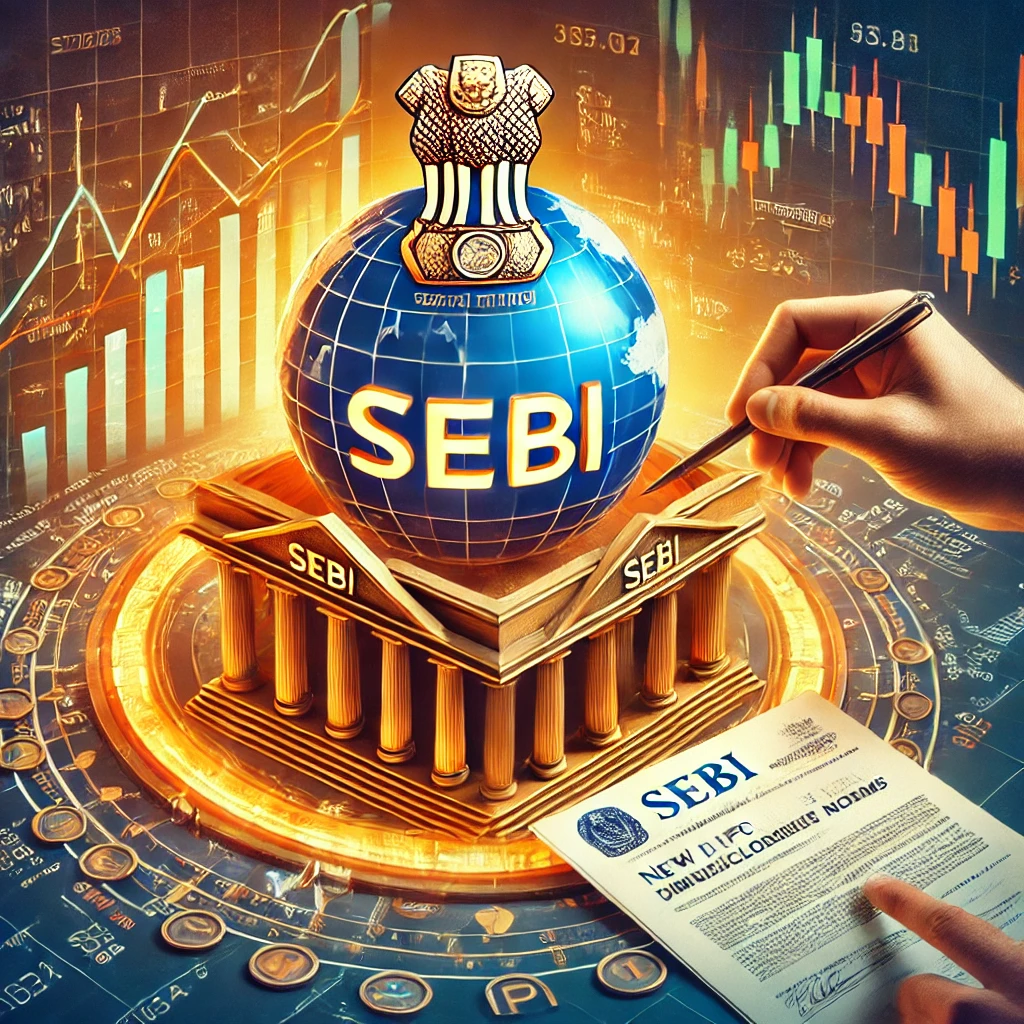




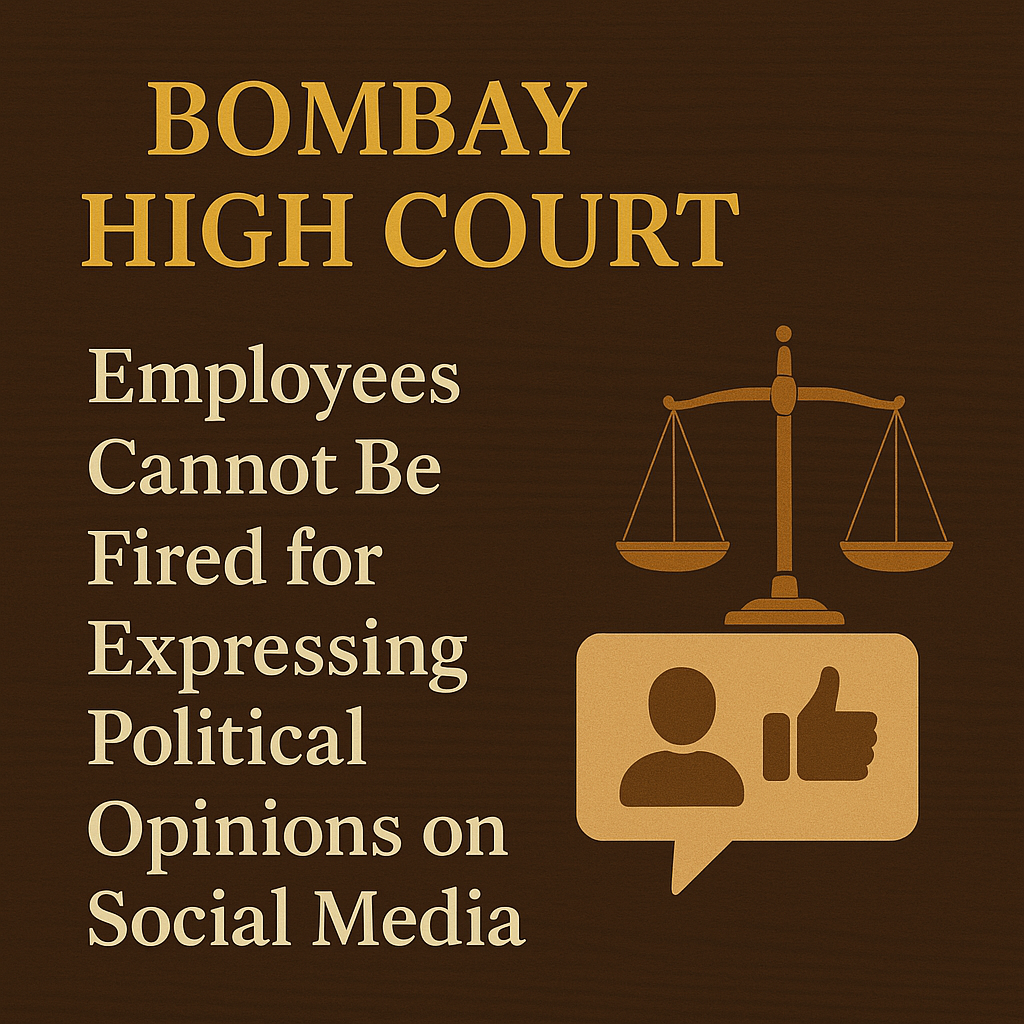


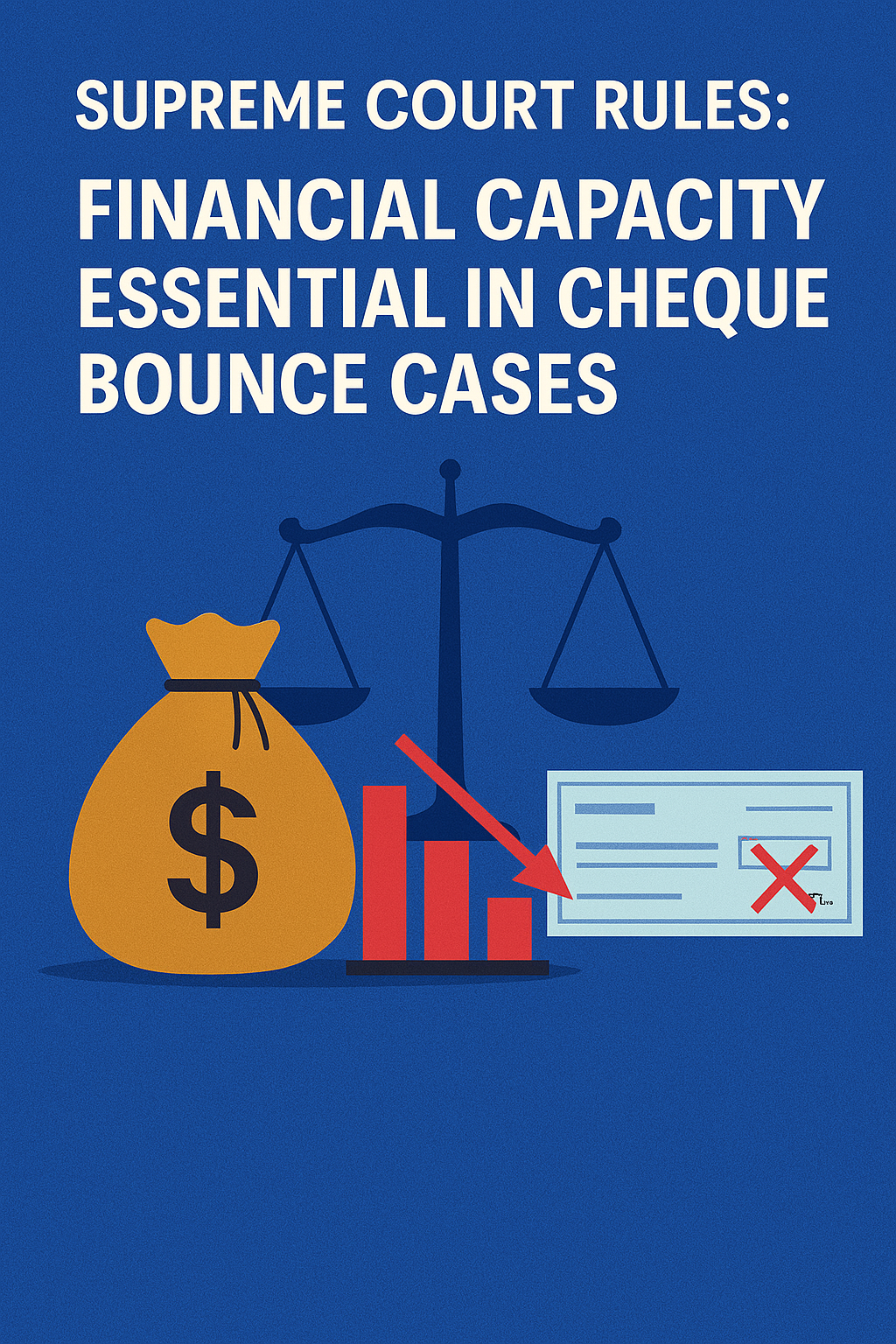
0 comments